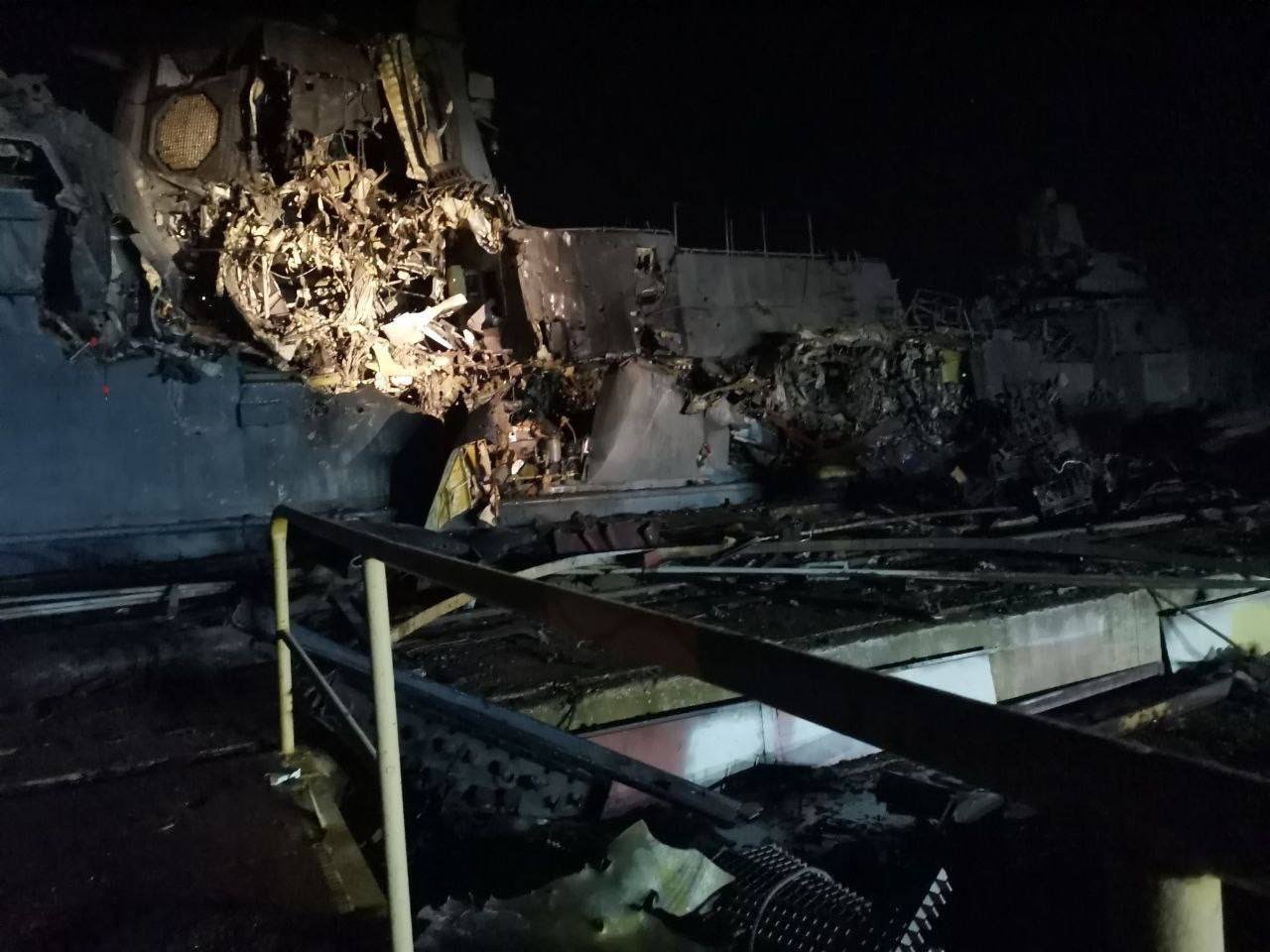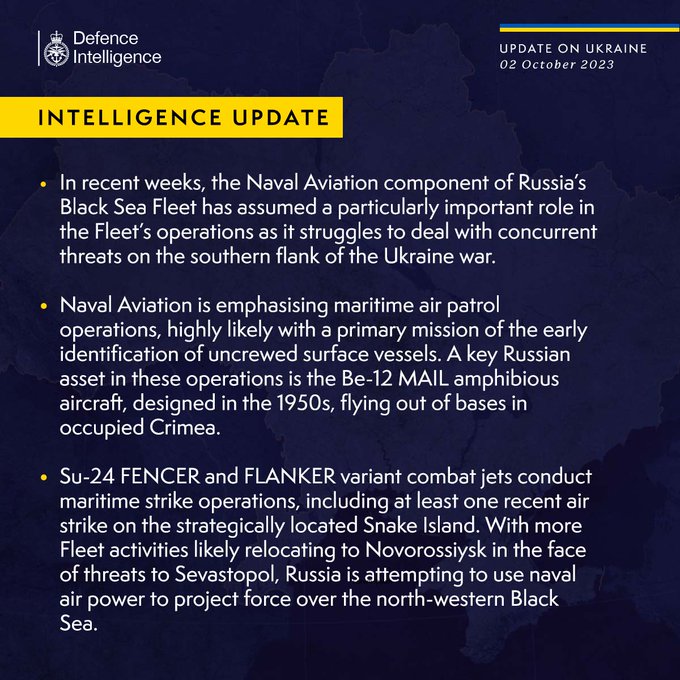Based on the first images of the Russian Askold missile carrier that was wrecked in a Ukrainian missile attack on November 4, Ukraine’s Centre for Strategic Communications (StratCom) has concluded that the vessel has been “damaged beyond repair.”
India’s Iskander Missile Analogue With ‘Hard To Kill’ Quasi-Ballistic Trajectory – Pralay – Awaits Adversaries
The image, which has gone viral on social media, shows the Project 22800 Karakurt-class Corvette Askold with extensive damage to its port side, including its superstructure and mast, which sports its radar arrays.
The image also shows significant damage to the dock where the Askold, designed to carry eight Kalibr cruise missiles, was berthed at the Zaliv shipyard in the Crimean port of Kerch.
The Russian Navy had not yet commissioned the new ship. It is believed that if the Ukrainian assessment of the vessel being damaged beyond repair is accurate, it may represent yet another mammoth loss for Russia’s Black Sea Fleet, which Ukraine has repeatedly targeted.
Shortly after the attack, Commander of the Ukrainian Air Force Lieutenant General Mykola Oleshchuk announced that airstrikes were conducted by Ukrainian pilots against the Zaliv shipbuilding yard’s infrastructure in Kerch.
Oleshchuk said, “Well done, the attack went through like a SCALPel,” hinting that the Ukrainian pilot used French SCALP cruise missiles for the attack.
Six hours after the explosions, the Russians announced that “fragments of downed missiles had fallen on one of the dry docks.” However, the Russian Defence Ministry did not disclose that a ship of the Black Sea Fleet, which was based at the Kerch shipyard, “had been damaged” until late in the evening on November 4.

+1 destroyed russian ship.@StratCom_AFU confirmed that an Askold russian ship was destroyed during Saturday’s cruise missile attack on the shipbuilding plant in Kerch. pic.twitter.com/TRhuXkouYx
— Defense of Ukraine (@DefenceU) November 6, 2023
Oleshchuk verified early on November 5 that the Ukrainian military had lost a Kalibr cruise missile carrier, one of the most advanced vessels in Russia’s Black Sea Fleet. “The Russian missile carrier ‘Askold’ — the newest ship of the ‘Karakurt’ project with ‘stealth’ technology — was damaged as a result of an attack on the naval and port infrastructure of the ‘Zaliv’ plant in the temporarily occupied Crimea,” the AFU Stratcom Telegram channel reported.
The post by AFU Stratcom further emphasized: “According to available information, the ship has received significant damage and may be beyond repair.”
Dramatic video of the moment Ukrainian missiles hit the Russian Askold missile ship in kerch. This ship was newly built and undergoing some final testing. Thankfully due to Russian opsec The aftermath photos soon appeared on Russian social media.
The Russian navy has continued… pic.twitter.com/dphB7O9NSH
— COSSACKGUNDI (@cossackgundi) November 6, 2023
Along with the photo displaying the damage, a video that captured the moment the ship was struck and its immediate aftermath surfaced later on November 6. Both the image and the video appear to show a direct impact at the same spot on the ship. The visuals showing explosions and flying debris took the internet by storm.
On November 6, the Ukrainian Air Force also posted a sarcastic message on Platform X, featuring an image of a SCALP-EG air-launched cruise missile given by France suspended from a Su-24 Fencer. The post published on Platform X said, “How was your weekend?”
The strike occurred approximately 160 kilometers away from the front lines. The known range of the SCALP-EG or its English variant Storm Shadow air-launched cruise missiles is about 155 miles in its export configuration and approximately twice that in its regular design.
This strike has ignited curiosity about which version Ukraine received or whether a missile had been modified before being delivered to Ukraine. Some military watchers believe Kyiv might have received a combination of both versions.

In what seemed to be a Russian attempt at avenging the destruction of its advanced warship, Russia bombed the Odesa region on November 5, damaging an art museum and warehouses. This airstrike carried out on the day also damaged several high-rise residential buildings and a museum in the historic part of the city.
Military watchers keenly following the conflict have warned that the intensity of retaliation notwithstanding, Russia’s Black Sea Fleet has been shrinking as it loses one advanced vessel or warship after another.
The attacks on Crimea and the Black Sea Fleet Headquarters at the Sevastopol port have become more frequent ever since the Ukrainian Air Force was equipped with long-range missiles.
Before This, Russia Sub Damaged Beyond Repair
This attack that damaged the Asked missile carrier is the latest in a string of ones that have damaged Russian ships and targeted Russia’s Black Sea Fleet. The Black Sea Fleet has been employed throughout the conflict to threaten Ukraine’s essential grain exports and to undertake cruise missile attacks, which explains why Kyiv’s forces have singled them out.
Ukrainians have been religiously targeting the Black Sea Fleet’s home port of Sevastopol as well as other nearby Black Sea ports in an attempt to obliterate the port infrastructure as well as the vessels that fire missiles at Ukrainian cities.
Following a purported Ukrainian cruise missile strike in September, the Russian Navy’s Ropucha class landing ship Minsk and Kilo-class diesel-electric attack submarine Rostov-on-Don suffered significant damage.
At the time, Ukrainian forces said they had launched the strike using the British Storm Shadow cruise missiles, which have a considerably extended range.
Images released by the independent investigative group Conflict Intelligence Team (CIT) a few days following the attack revealed extensive damage to the Rostov-on-Don submarine’s exterior, leading analysts to conclude that the Russian submarine was damaged beyond repair.
CIT received exclusive photos of the damaged Russian submarine Rostov-on-Don. They indicate she received two hits, one of which is not visible from the satellite imagery.
1/2 pic.twitter.com/pYJ5n4n07H
— CIT (en) (@CITeam_en) September 18, 2023
The Black Sea Fleet headquarters was the target of a massive missile attack on September 22, which caused 105 injuries and the deaths of 34 Russian commanders, according to the Ukrainian military. This was the most significant blow to the fleet. Kyiv’s officials went so far as to claim that the fleet commander was killed.
Following the damage suffered by the vessel, the UK Ministry of Defense stated that Russia is using air power to “project force” across the region and that the Black Sea fleet is “[struggling] to deal with concurrent threats.”
It also noted that Russia was withdrawing its vessels from Sevastopol, which remained within the strike range of Ukrainian missiles and drones.
Fleet activities moved from Sevastopol, which was under fire, to Novorssiysk, which was some 200 miles (322 kilometers) to the east, in what was rumored to be a decimation of the Russian Black Sea Fleet by a country that didn’t even have a navy, to begin with.
However, these observations ended up sparking a debate, with pro-Russian military watchers on social media characterizing them as a pathetic attempt at hyperbole. Much like the recent incident, the previous attacks on Russian shipyards and damage incurred by its vessels were downplayed by Moscow.
- Contact the author at sakshi.tiwari9555 (at) gmail.com
- Follow EurAsian Times on Google News





